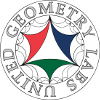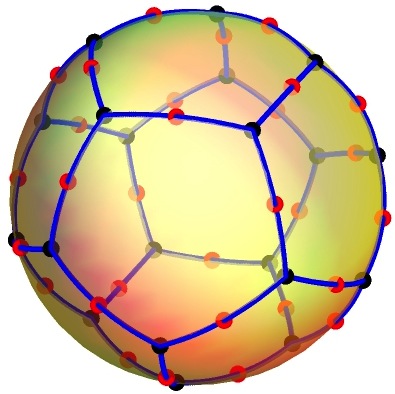To answer such a question, we explore the properties of planar graphs. It is natural to generalize to graphs which can be embedded into Riemann surfaces, such as the sphere and the torus. In this talk, we discuss how to draw such graphs using Grothendieck’s concept of a Dessin d’Enfant.
Bio: Edray Herber Goins grew up in South Los Angeles, California. The product of the Los Angeles Unified (LAUSD) public school system, He attended the California Institute of Technology, where he majored in mathematics and physics, and earned his doctorate in mathematics from Stanford University.
He has held positions at the world’s premiere research institutions, including the National Security Agency in Ft. Meade, Maryland; the Mathematical Sciences Research Institute in Berkeley, California; the Institute for Advanced Study in Princeton, New Jersey; the Max Planck Institute for Mathematics in Bonn, Germany; Harvard University in Cambridge, Massachusetts; and the California Institute of Technology in Pasadena, California. In January 2004 he was featured in Black Issues in Higher Education as one of the “2004 Emerging Scholars of the Year.” From 2004-2018, Dr. Goins was a professor of mathematics at Purdue University in West Lafayette, Indiana.
Prof. Goins spends most of his summers engaging underrepresented students in research in the mathematical sciences. He has taught mathematics and physics in the Freshman Summer Institute (FSI) at Caltech; and led research seminars in number theory in the Summer Undergraduate Mathematical Sciences Research Institute (SUMSRI) at Miami University as well as the Mathematical Sciences Research Institute Undergraduate Program (MSRI-UP) in Berkeley, California. He currently runs an NSF-funded Research Experience for Undergraduates (REU) titled “Pomona Research in Mathematics Experience (PRiME).” Prof. Goins is interested in (1) Selmer groups for elliptic curves using class groups of number fields, (2) Belyi maps and Dessins d’Enfants, (3) origami as branched covers of elliptic curves, and (4) Galois groups, monodromy groups, and etale fundamental groups. He maintains his own blog about Dessins d’Enfants.
He is the president of the National Association of Mathematics, Inc which seeks to promote the success of underrepresented minorities in the mathematical sciences; and is a member of numerous advisory boards throughout the country.

